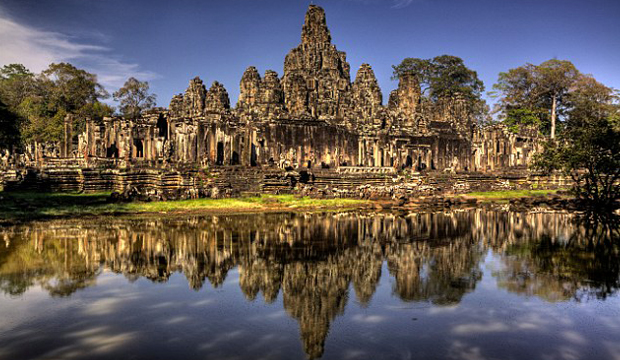Siem Reap War Museum Siem Reap War Museum
The War museum in Siem Reap, Cambodia displays numbers of Od military equipment, such as aircraft, tanks, landminesand and guns, all in quite shabby condition. The Siem Reap War Museum is located on National Route No 6 near the Cambodian Cultural Village. Coming from Siem Reap town on the right hand side, just behind the military office. Take a Remok, Motorbike or car.
.jpg)












